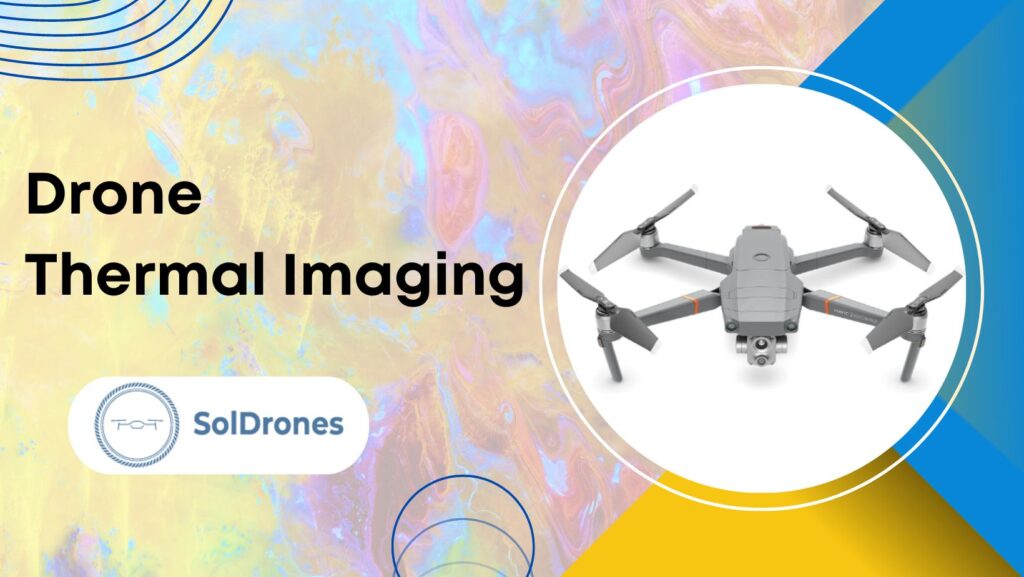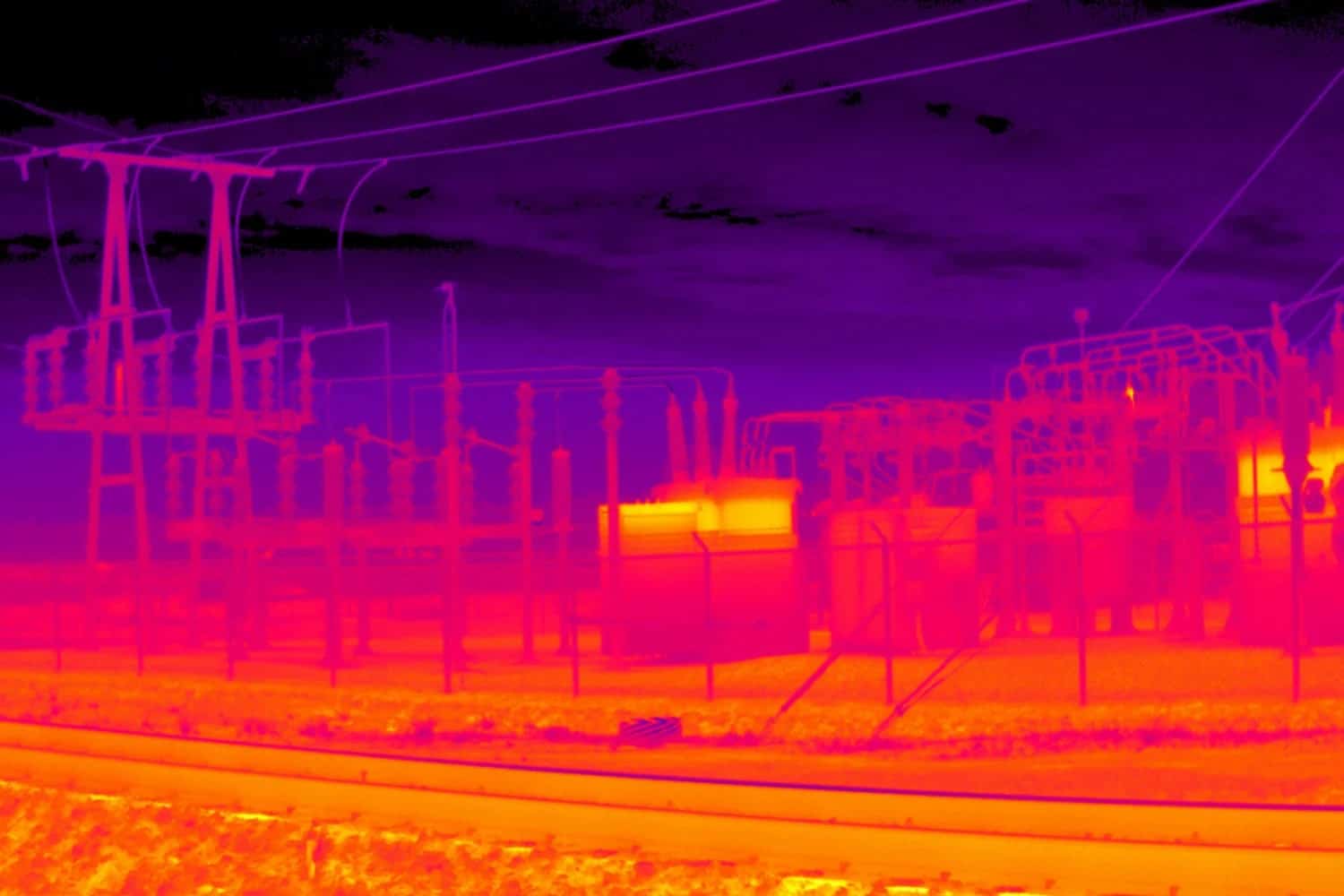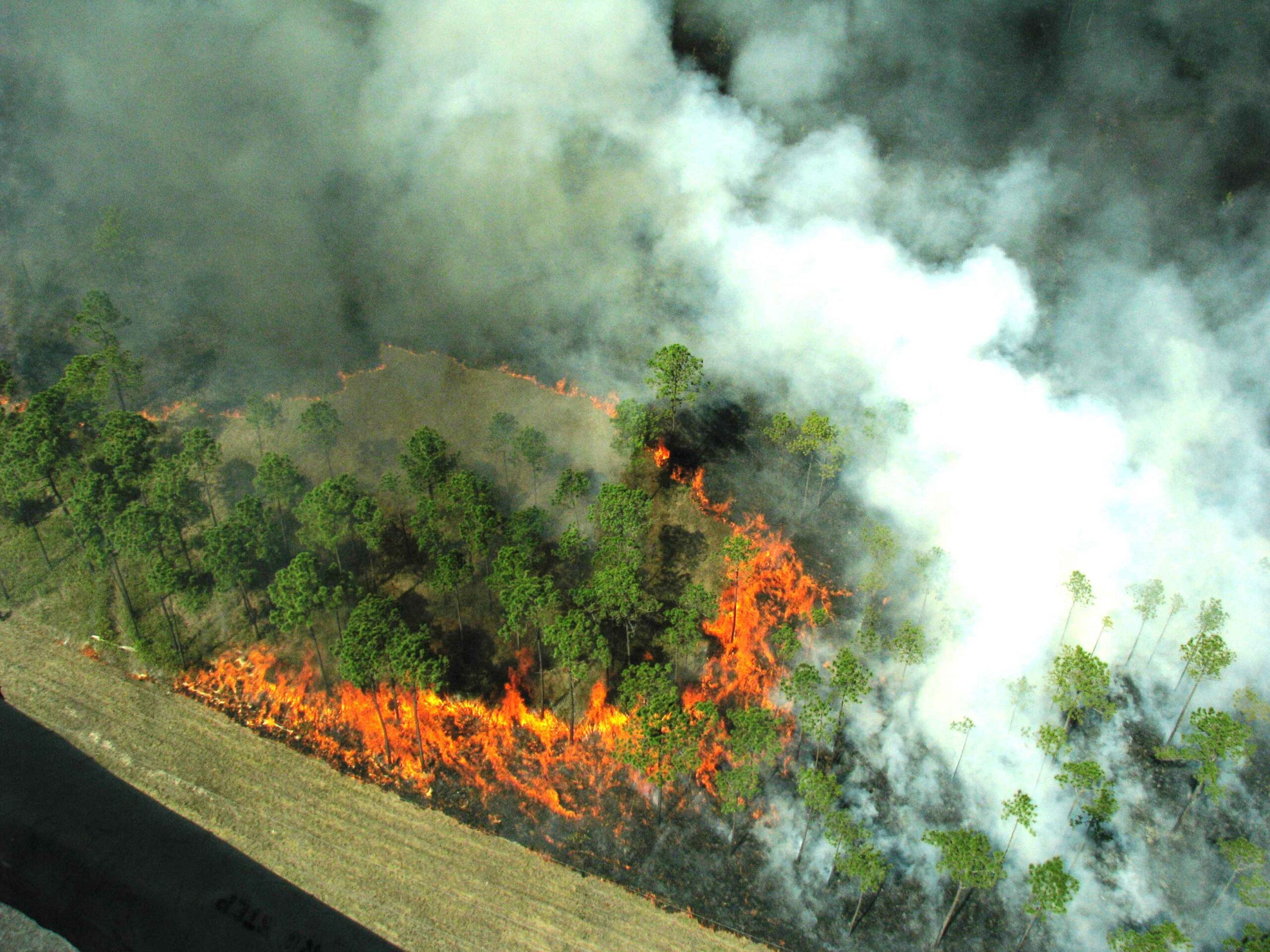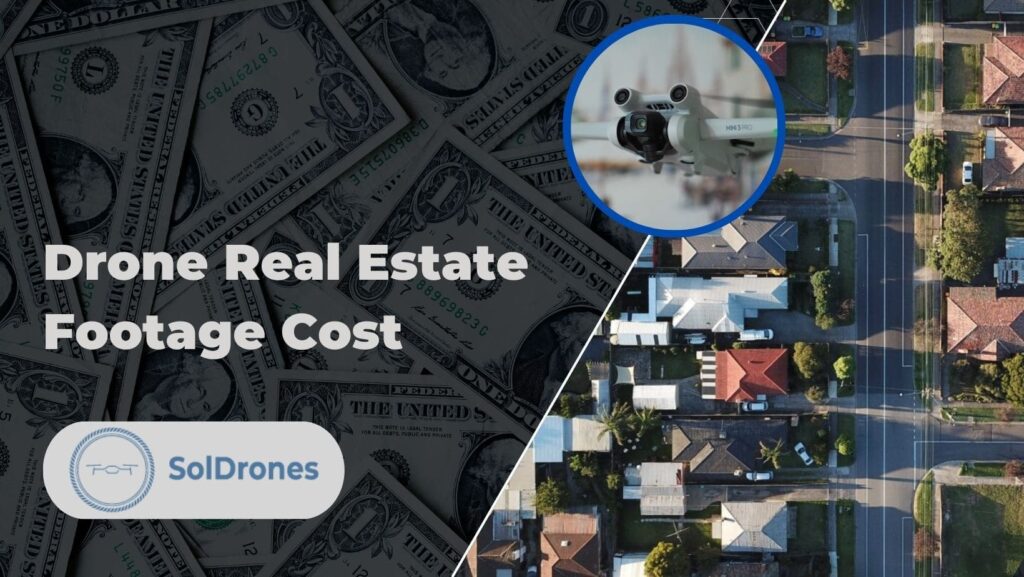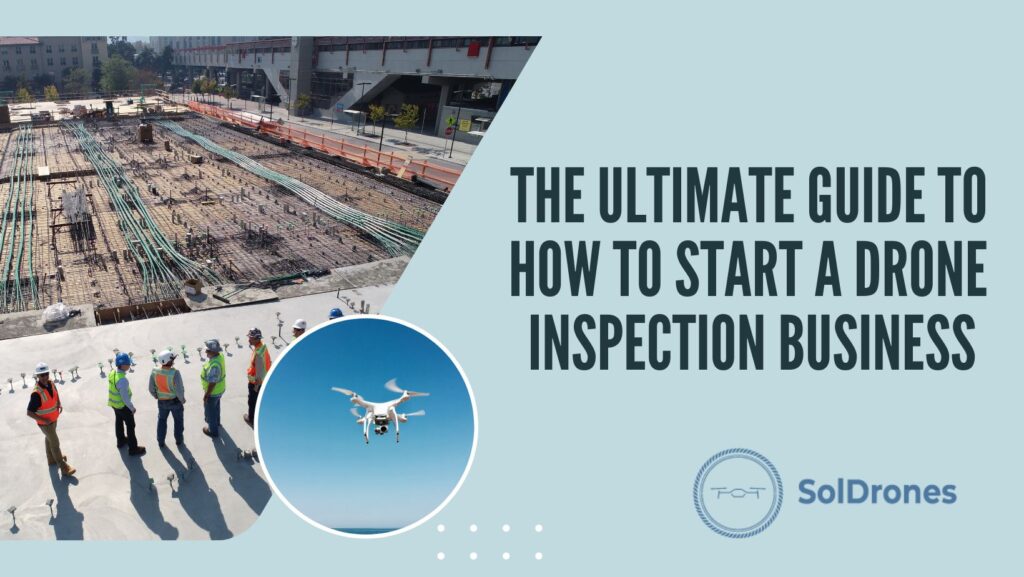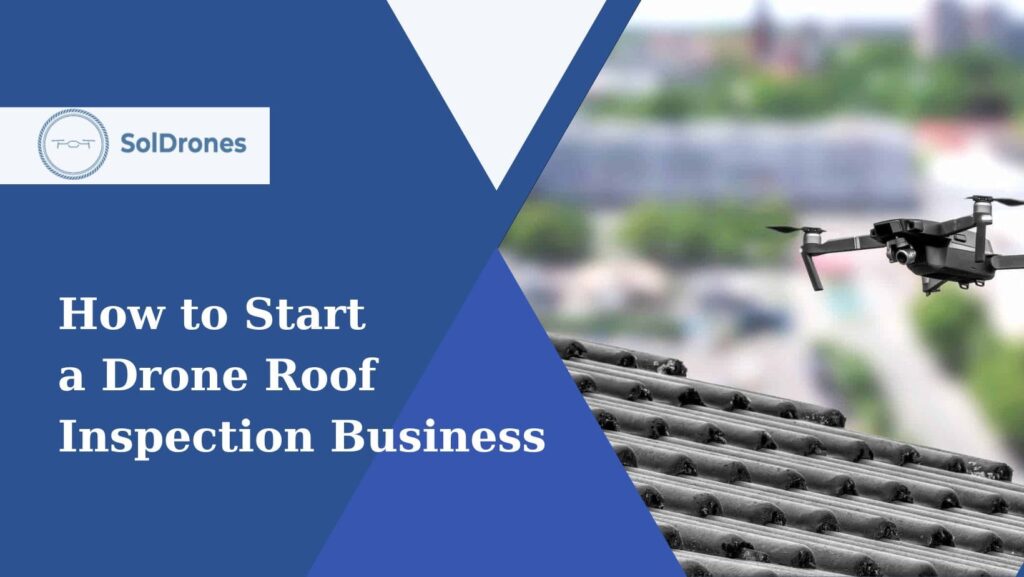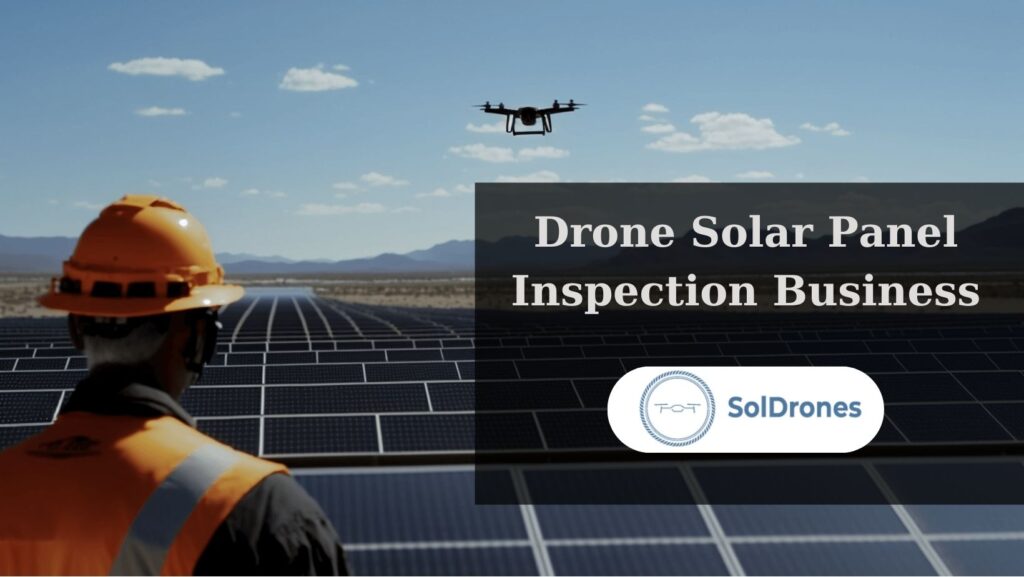How beneficial would it be if farmers could inspect their fields for heat variations, and that too from a bird’s eye view? Or if a team of roof inspectors could identify heat pockets on a large commercial roof in an instant?
Drone thermal imaging unlocks these use capabilities and is becoming mainstream across many industries.
If you’re a drone pilot (or aspiring drone pilot), we’ve created this guide to help you understand how drone thermal imaging works and the applications that may exist in your business.
Infrared Drones come with thermal imaging capacity.
Along with being used for farming thermography and roof inspections, drones are also deployed for hunting for fugitives by law enforcement agencies, containing wildfires by firefighters, inspecting solar panels by energy companies, and so much more.
Unmanned aerial vehicles (UAVs) fitted with infrared cameras are the silent heroes
Unmanned aerial vehicles (UAVs) fitted with infrared cameras can capture “heat pictures”, thus helping uncover what the naked eye cannot see.
We’ll take a look at how UAVs/Drones are used for thermal imaging and will also list down the best drones that come equipped with infrared cameras.
Article Highlights
- Drone thermal imaging is changing the way firefighters, search and rescue, and emergency responders are helping communities
- Distance, angle, and other factors can influence the quality of thermal images
Thermal drones and cameras to consider include Zenmuse H20T, EVO II Dual R, Mavic 2 Enterprise Advanced.
Understanding Infrared Drones and Thermal Cameras
An infrared drone is a type of unmanned aerial vehicle having an infrared camera, also called IR camera.
These are capable of capturing heat radiations as well as recording temperature changes in comparison to traditional cameras that can only capture visible light.
These cameras make it easier to decipher whatever is depicted by the images taken with these cameras.
Thermal cameras come with a special sensor that is capable of detecting infrared radiation in the range of 1-14 micrometers.
The images can then be combined to form a heat map, differentiating between warm and cold objects in it. This is referred to as thermography, and it’s also used by drones which fly using infrared technology.
The Basics of Drone Thermography
Thermal imaging from drones exploits the unique ability of thermal cameras to view the world through heat patterns. The technology is based on the thermographic sensor, a smart sensing hardware that detects invisible infrared radiation from every object.
Once this data is gathered, it’s translated into thermal images, showing a color-coded map of heat differentials. But to capture accurate thermographic data, several factors come into play.
Here’s a table that breaks down how distance, angle, and other factors can influence the quality of thermal images:
Factor | Effect on Thermal Imaging |
Distance | The further the drone is from the object, the broader the area it covers, but at the expense of detail and accuracy. Close proximity enables high-resolution, detailed images. |
Angle | The angle of the drone can affect how heat is perceived. An oblique angle might skew readings, while a direct, overhead angle offers the most accurate temperature representation. |
Weather | Conditions like wind, rain, and sunlight can affect temperature readings. Calm, overcast days provide the most accurate thermal data. |
Surface Conditions | The smoothness or roughness of the target surface can reflect or absorb heat differently, affecting the accuracy of temperature readings. |
Benefits of Drones with Infrared Cameras
Thermal imaging and drones: individually, they are strong tools. However, when fused they create opportunities that go beyond normal sight.
Role in Ensuring Public Safety
- Crowd Monitoring: A drone fitted with an infrared system can provide a bird’s eye view of large gatherings and ensure public safety. Even the use of thermal imagery could help to identify individuals who need immediate attention.
- Firefighting: These drones can map out the fire for fire departments, detecting hotspots that may be invisible to the naked eye. This will enable firefighters to focus on particular areas effectively and ensure everyone is safe.
- Law Enforcement: Law enforcement officers could make use of infrared-equipped drones for tracking down criminals during darkness or other situations when visibility is limited. Consequently, this greatly enhances the security and efficacy of their undertakings.
Advantages in Search and Rescue Missions
Missing persons’ locations: The presence of human beings can be detected by thermal cameras on UAVs, this helps in the immediate location of missing persons especially in rugged terrains or with unclear visibility.
Post-disaster Surveillance: Typically, infrared drones help to determine the level of damage and identify victims who are in need of help as well as direct emergency services to required areas after a natural calamity.
Avalanche Rescue: With their body heat, infrared drones can find people stuck under snow that helps their rescue teams to concentrate their efforts more effectively and thus save their valuable time.
Benefits for Industrial and Infrastructure Inspection
Building Inspections: Infrared drones will show up lost heat on buildings that will indicate insulation problems thereby enhancing energy efficiency.
Power Line Inspections: Overheating parts can be picked out by these drones hence preventing equipment failure which may result in power outages.
Solar Panel Analysis: By quickly identifying faulty panels at large solar farms using infra-red cameras mounted on drones, efficient operation of solar facilities is ensured.
Common Applications of Infrared Drones
Nowadays, there is a need for accuracy and speed in a number of areas and this is where infrared drones come into play.
Firefighting and Damage Assessment
In firefighting, infrared drones can play a great role.
They can track the expansion of fire, locate its source, and find concealed hotspots that may re-emerge later on. Moreover, after-fire damage assessment aids authorities in making effective plans concerning rebuilding.
Power Line Inspections
Manual inspections of power lines can be tedious due to their extensive coverage over large distances.
Infrared drones can quickly scan power lines like these and identify overheating parts or connection points which could cause blackouts if left unattended.
Roof Inspections
Examining the condition of a building’s roof can be quite hazardous. However, infrared drones are capable of highlighting heat loss areas indicating insulation problems or reveal physical faults that may not be visible from the ground.
Search and Rescue Missions
When it comes to search and rescue missions, time is always important especially when it runs out fast before the missing person has been found alive again.
The use of thermal imaging by infrared drones helps rescuers locate lost persons quickly over vast grounds with difficult landscapes or low visibility scenarios.
Solar Farm Inspections
Efficient maintenance of solar farms has become crucial with the increasing adoption of this alternative form of energy production technology.
In return, infrared drones help recognize panels not working properly because they have been damaged or covered with dirt thus guaranteeing an optimized operation and energy output through solar farms.
Imagery Reconnaissance Services for National Parks
Farmers do not mind suffering losses every year as long as they don’t have to change their current practices in agriculture.
However, it is important to note that farmers need a tool which could respond to such issues as quickly and accurately as possible; hence they can rely on infrared drones.
How to Choose the Best Drones With Infrared Cameras
When choosing an infrared drone camera there are several considerations you should put in mind. Understanding these factors will enable you to make an informed selection on any of them.
Factors to Ponder
- Fixed Mounts vs. Attachable Payloads: While some drones have thermal cameras integrated within them, others can be fitted with different payloads, which makes them more flexible.
- Dual Sensors: Drones fitted with dual sensors can generate both thermal and conventional images for a better overview of the scene.
- Resolution: The quality of the sensor determines how clear the thermal image is. A higher resolution will produce a more detailed image.
- Gimbal: This is crucial in providing images that are clear and stable by keeping the camera in position
- Radiometric Functionality: For precise thermal inspections, drones with radiometric functionality can measure and displaythe temperature for each pixel in an image.
- Lens Focal Length: This is what determines the field of view for a drone and how close it needs to be to take detailed photos of an object.
- Transmission Frequency: For real-time video feed being transmitted from drone cameras, the transmission frequency must remain stable and efficient.
Popular Infrared Camera for Drone Models:
Deciding on whether to buy a drone that has thermal infrared capabilities or if you would like to add one as an attachment might not be easy. Below are some of the most popular models along with reasons why you too might like them.
This all-in-one quad-sensor drone camera offers a 20 MP zoom lens, a 12 MP wide lens, a laser rangefinder, and a radiometric thermal camera. Its advanced AI capabilities, including object detection and tracking, make it an excellent choice for various applications, from search and rescue to infrastructure inspection.
The EVO II Dual R offers both a high-resolution 8K visual camera and a high-resolution thermal camera. With a compact design, a long flight time, and impressive AI capabilities, it’s well-suited for tasks such as public safety operations and industrial inspections.
This compact drone features a high-resolution thermal sensor and a 48 MP visual camera. With additional modules such as a spotlight, speaker, and beacon, it’s a versatile tool for tasks such as search and rescue and infrastructure inspection.
The FLIR TZ20 is a dual thermal camera payload that provides twice the field of view range for situational awareness and a narrower field of view for long-range flight. It’s ideal for public safety missions, giving operators better situational awareness in challenging conditions.
This lightweight drone from Parrot features a FLIR thermal sensor and a 4K HDR camera. With a 26-minute flight time and easy-to-use software, it’s a user-friendly option for professionals in industries like construction, firefighting, and agriculture.
Price of Infrared Drones
Like other technological devices, the cost of thermal infrared drones varies widely.
The price for an infrared drone depends on several factors such as camera resolution, flying time, flight range and inherent quality; the build quality of the drone.
Starting from $1,000 to $2,000 could be entry-level models that are equipped with basic infrared sensors.
On the flip side, high-end models used by professionals in industries such as firefighting or building inspections may go for about $15,000 to $20,000.
These pricier models typically come with more advanced features such as dual-sensor setups, higher thermal resolution and sophisticated image-processing software.
Remember that pricing influences the capabilities of a drone and choosing one that is suitable becomes possible if one knows their specific requirements as well as financial possibilities.
Camera Care and Maintenance
Given their costs, it is necessary to have a certain level of care for your drone because they are valuable investments for most businesses.
- Proper Cleaning Techniques: If necessary, clean your thermal camera using a soft cloth without lint and mild detergents. Avoid the use of harsh cleaning substances as this will damage the sensitive elements in the camera.
- Precautions to Prevent Damage: Keep your infrared drone away from extreme temperatures and forceful impacts. Nevertheless, fragile components such as those found in infrared drones require careful handling as they might not last long despite their seemingly strong nature.
- Storage Recommendations: Protect your drone against physical damage or humidity by storing it in a waterproof, firm carrying case. The battery should read safe before storage; hence its lifespan will be maintained at an optimum level. Thus, apart from just having somewhere to put it, good storage means protecting this capital investment.
Final Word
Drones with infrared cameras are revolutionary tools, giving new life to many sectors including public safety, industrial inspections, and even search and rescue operations. Anyone who knows how drones work can make use of their huge potential in business or any other aspect of their lives.
This adaptability is what makes it special when it comes to firefighting, roof inspection, and power line checks among others. The drone model, resolution, and even lens focal length become critical considerations when contemplating acquisition. They need proper maintenance as well for long services. In conclusion, the promise inherent in thermal drone technology may cause a sea change in our daily lives and operating efficiencies across industries in no time at all.
FAQs
Define an infrared drone and how it operates.
Infrared drones are unmanned aerial vehicles that have thermal cameras. They have the ability to sense heat sources and differences in temperatures. The
What are the advantages of drones with infrared cameras?
Drones equipped with infra-red cameras offer much to various industries. This is because they play a critical role in the promotion of safety for the public; this makes them useful during search as well as rescue missions; Overheating or cooling can be sensed by specialized equipment that uses non-contact infrared sensors.
Common applications of infrared drones
There are multiple uses for IR drones across different domains such as firefighting and assessment of disaster, inspection for power lines, roof inspections, search and rescue operations and solar farm inspection.
How do you choose the best infrared drone?
The best choice on an IR drone is majorly influenced by a number of things such as mounting options, does it possess dual sensors?, resolution, gimbal, radiometric functionality, lens focal length, transmission frequency etc. Additionally understanding specifics about some popular models like Zenmuse H20T & EVO II Dual R & Mavic 2 Enterprise Advanced will make an informed decision possible.
What should I know about thermal camera care and maintenance?
To take care of your Thermal Camera right means using proper cleaning techniques, taking necessary precautions against damages and following recommended storage practices to prolong life span and maintain efficiency.

